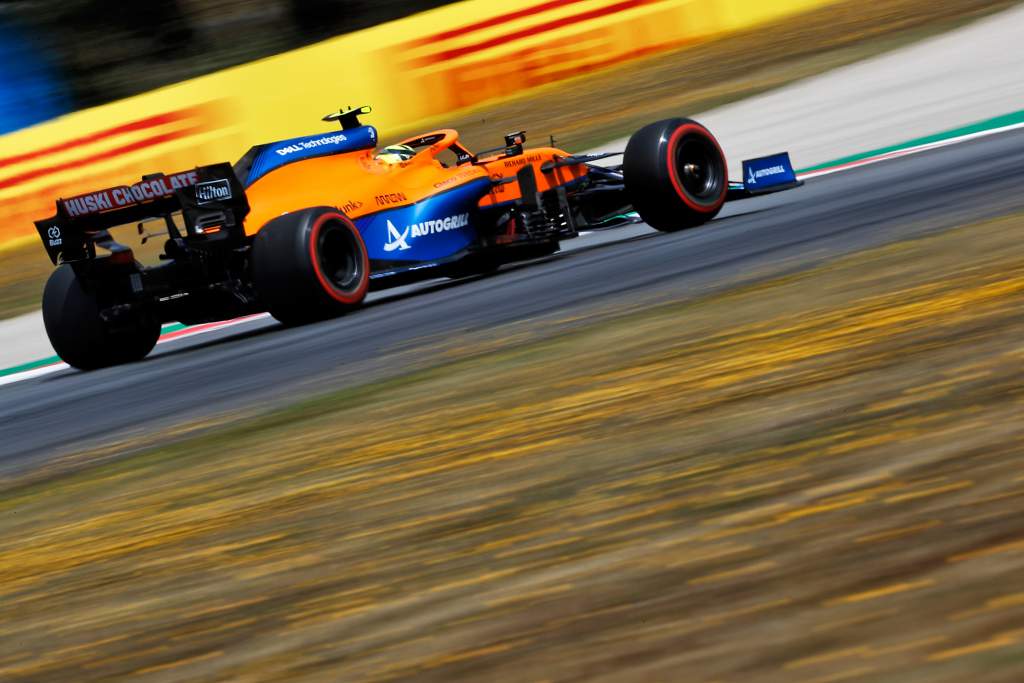Up Next

The biggest deficit within McLaren’s best start to a Formula 1 season since 2012 may be being exaggerated by the intensity of the Lewis Hamilton-Max Verstappen title fight.
After an impressive 2020 season in which it edged a tight midfield fight to finish third in the constructors’ championship, McLaren has made further progress in 2021 and started the year with consistently the third-fastest car.
Led by Lando Norris, who is third in the drivers’ championship with three top-five finishes, McLaren has scored more points in the opening three races than in any season since its race-winning 2012 campaign.
At Imola, McLaren had the pace to interrupt the Mercedes-Red Bull fight in qualifying but Norris’s best lap was deleted for track limits. And in Portugal last weekend, Norris qualified only seventh but ran fourth early on after he passed Esteban Ocon’s Alpine and Carlos Sainz Jr’s Ferrari on the first lap, then overtook the Red Bull of Sergio Perez after the safety car restart.
Norris was unable to stay ahead of Perez and eventually finished fifth, 51 seconds off the lead and just clear of Ferrari’s Charles Leclerc. That underlined the evidence from the first two weekends of the season that despite McLaren’s progress relative to the leaders in terms of one-lap pace, and the fact it has established itself as the midfield benchmark, its deficit to the top two teams in races is still large.
But when The Race put that to McLaren team boss Andreas Seidl, he suggested it was a consequence of the intense battle between Mercedes and Red Bull meaning they are running at a higher pace to last season.
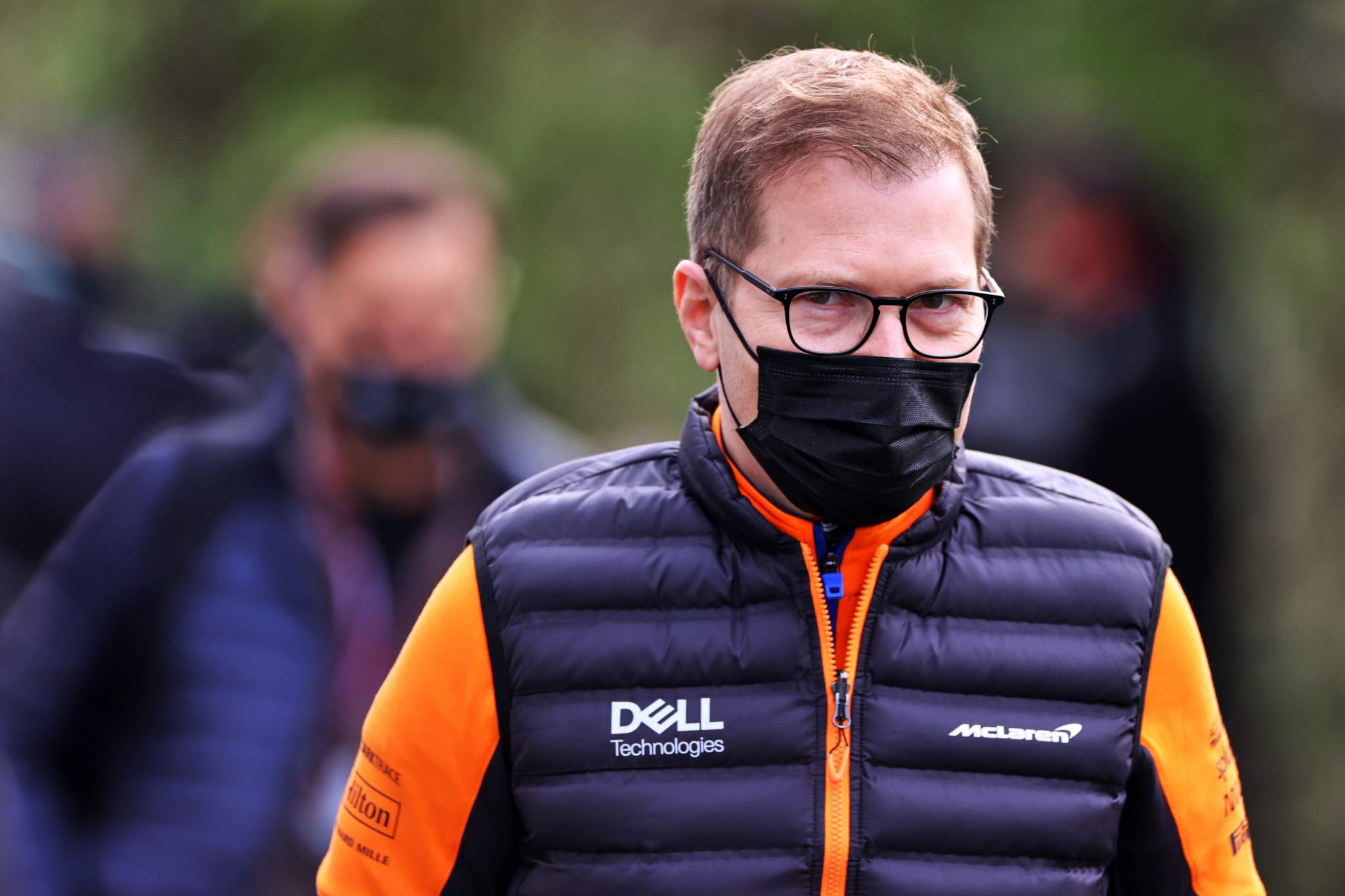
Seidl believes McLaren’s step forward is actually stopping it from being lapped in races where the fight at the front runs “flat out”.
“What is still encouraging to see is that both on Saturday and on Sunday, we again made a good step forward closer to the Red Bulls and the Mercedes cars,” he insists.
“We shouldn’t forget that, probably in a race like this last year, where Lewis and Max went flat out until the last lap – which didn’t happen many times last year because Mercedes was allowed many times to cruise – they would have lapped us.
“If you look at it from this side, again we could manage to make a good jump forward in terms of the laptime deficit, which is positive.”
McLaren was lapped in Portugal last year and nowhere near that result this time around, while it was also considerably further behind the leaders in Bahrain and at Imola in 2020 than in this season’s corresponding races.
So while Seidl admits the Sunday deficit is still an indicator that McLaren has a big step to make before it can fight Mercedes and Red Bull, he is also correct to say McLaren’s made a jump forward this season in race trim. It is just perhaps less obvious, or looks less impressive, than headline moments such as the speed in Imola qualifying.
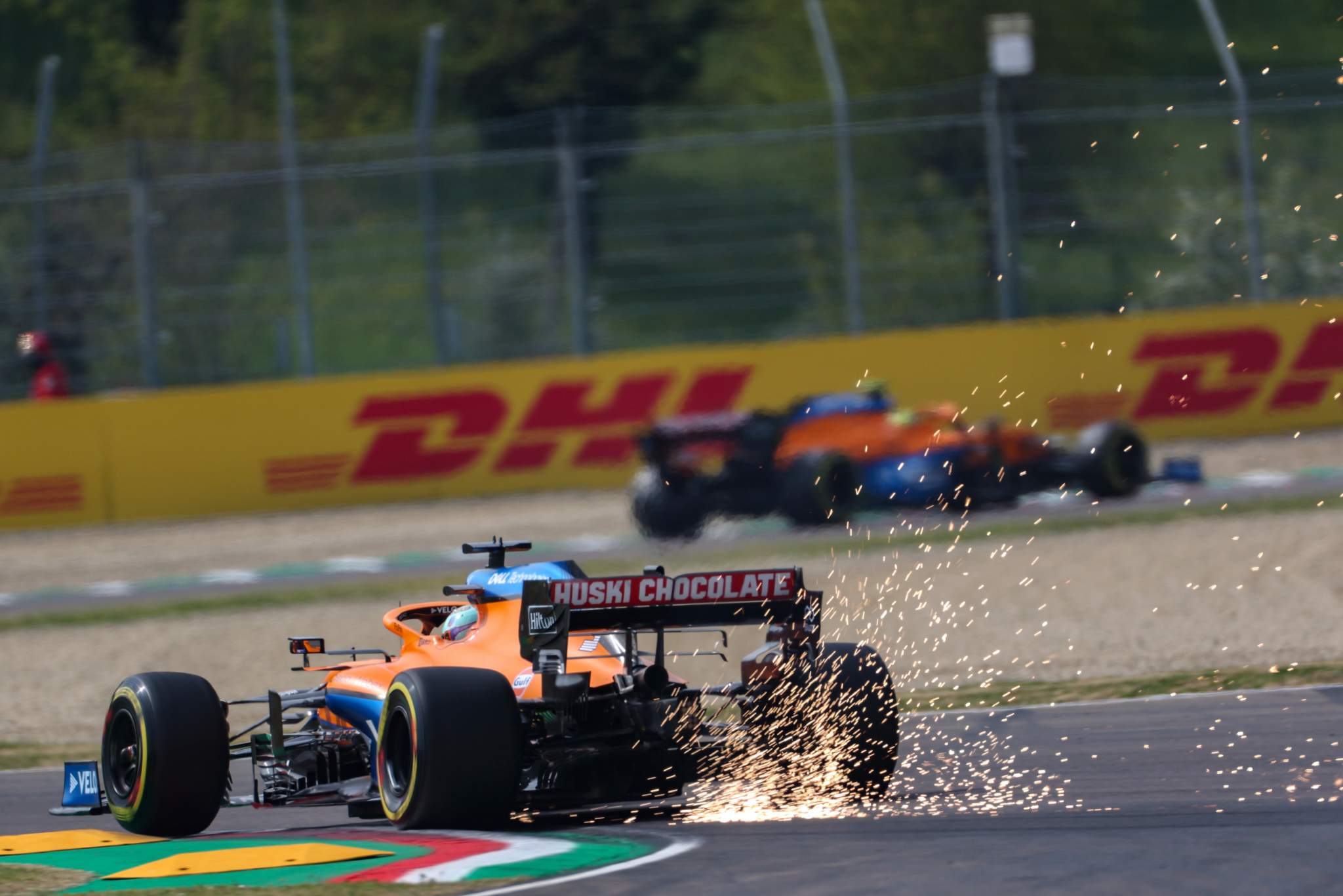
It’s impossible to make a precise calculation to back up Seidl’s theory that Mercedes and Red Bull are running at a higher pace than before, given the different circumstances of each race. But it seems likely given Mercedes is under more pressure and Red Bull is chasing something rather than coasting while second-best.
A crude measure is multiplying its qualifying deficit by the number of race laps (before or after safety car interventions) and seeing how that compares to reality. If the difference is bigger, McLaren’s performance is worse in races than in qualifying. If it’s smaller, then the race pace deficit is smaller.
Given qualifying is an expression of out-and-out performance it would seem logical that the quickest cars are reined in slightly more in race trim, when more management is at play.
But in Bahrain and Portugal, where conditions were consistent Saturday to Sunday, Norris’s deficit was pretty much where it should be if every racing lap was run with the same gaps as in qualifying.
And McLaren is yet to qualify best-of-the-rest but has proven itself to have the third-fastest race car – so its midfield rivals fall even further away from the top teams.
That supports the view that the fight at the front is being run at a high pace.
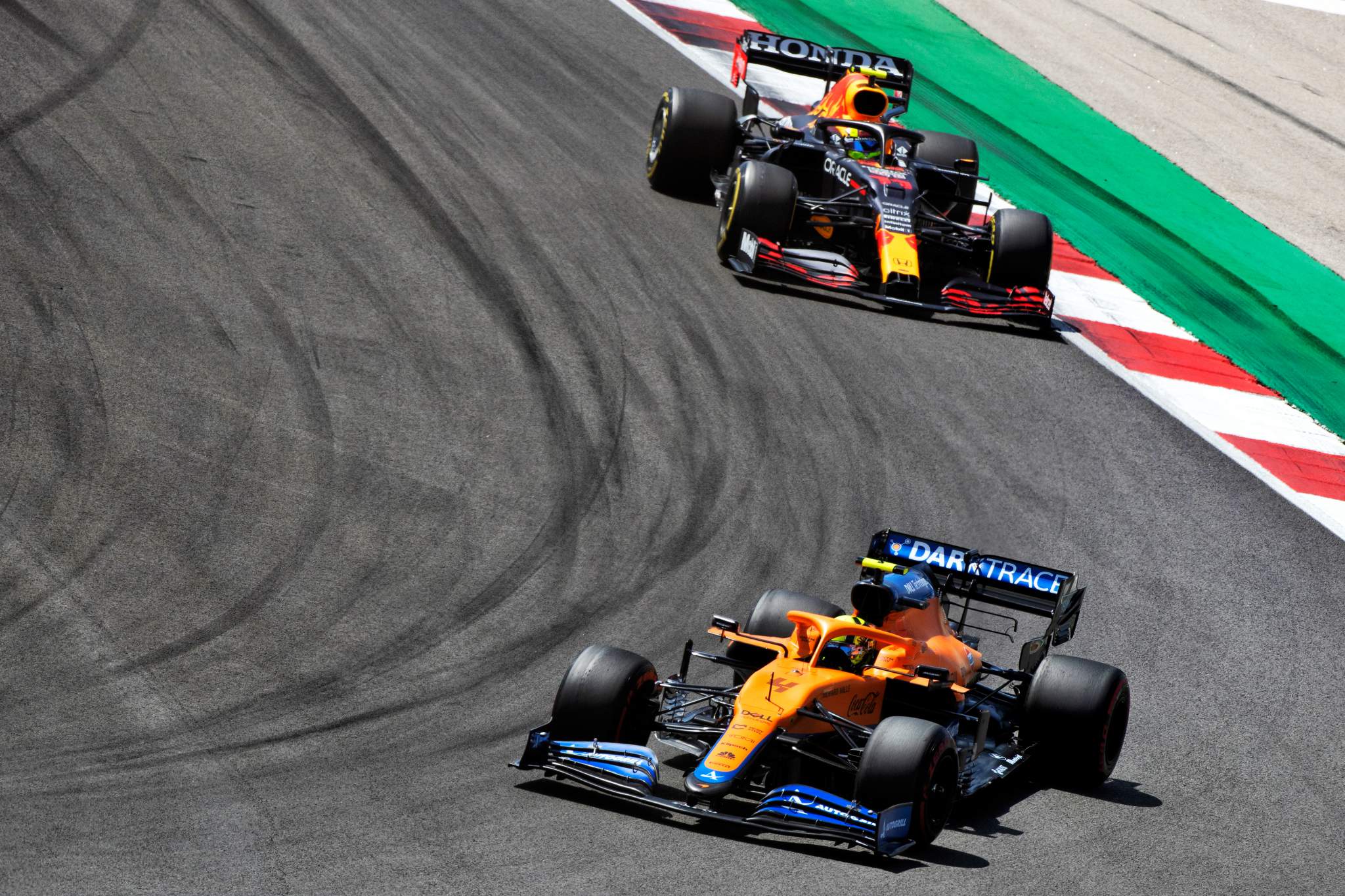
Ultimately, McLaren has the ambition of being part of that high-paced fight. So this situation could be interpreted as showing the true level of performance the team must aspire to.
“We know we need to keep working hard,” says Seidl. “We still need to make big steps in order to get back to fight these guys on track. That’s not something which happens overnight, that takes time.
“But the important bit is that we make these continuous steps and therefore I’m very happy with what I’m seeing. And for us, it’s great to see that after three races we always a car which was there in terms of being the third best car each weekend.
“It’s quite marginal obviously to our main competitors in this fight, but again it looks like we have an all-rounder because we were there all three races, and you can see already with some other cars, some ups and downs again, depending on the race tracks.”
With the size of the Sunday deficit in mind, it’s quite extraordinary that Norris is third in the championship, ahead of a Mercedes and Red Bull. That doesn’t come down to fortune, either. Valtteri Bottas was heading towards a meagre points haul before his huge crash at Imola, where Sergio Perez had a miserable race as well.
Even if staying ahead of both drivers in the standings is unlikely, it remains McLaren’s hope that it can make life difficult for any Mercedes or Red Bull driver who underperforms until the end of the season.
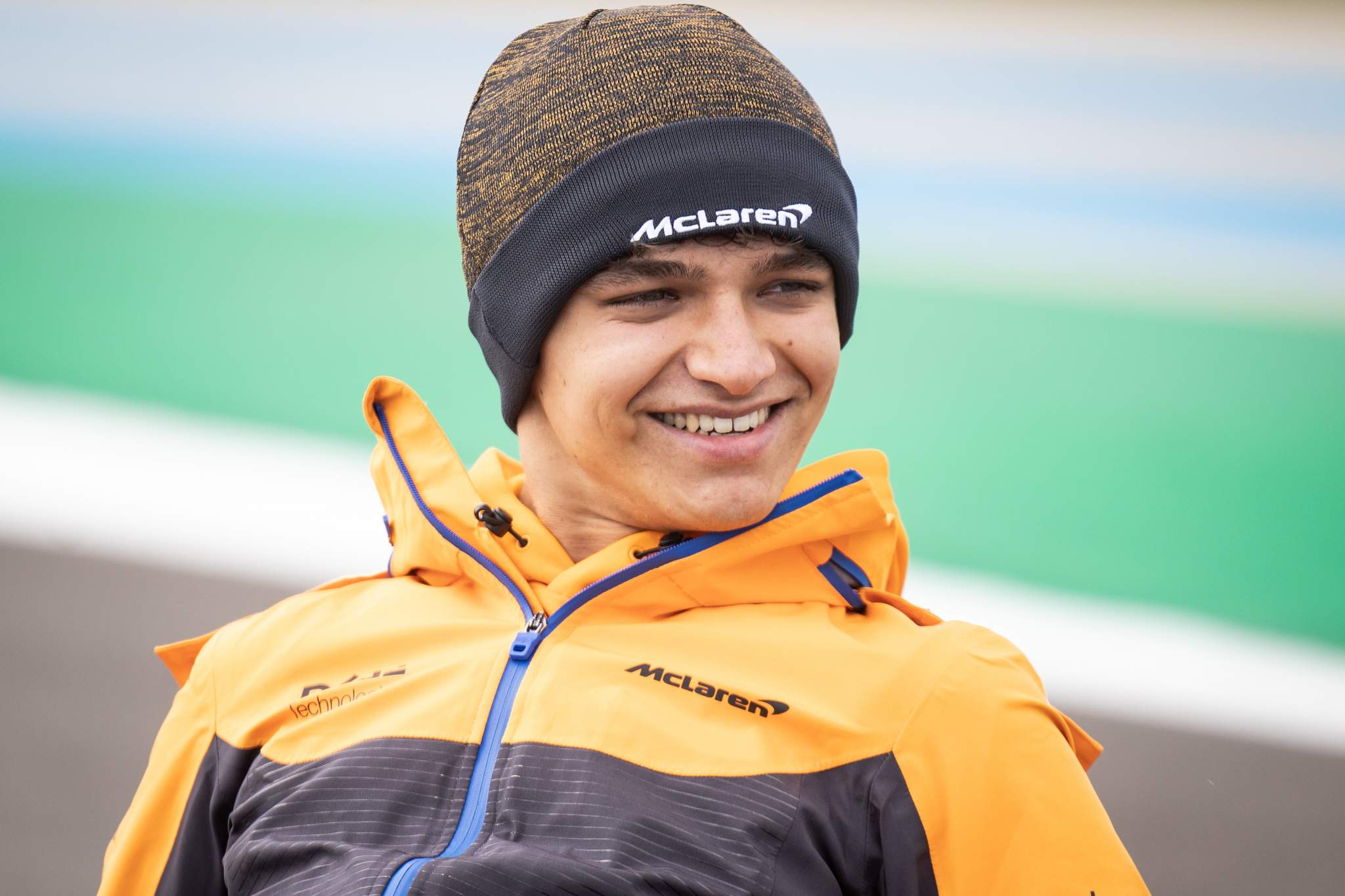
But this weekend’s Spanish Grand Prix could be a key litmus test of just how big its Sunday deficit is in normal conditions.
“As we all know Barcelona is a very important track each year, because that pretty much is a good reference in terms of knowing where you are in terms of pecking order,” says Seidl.
“Let’s do one more race in Barcelona. I’m sure everyone is bringing upgrades and then I think we have a good picture where we actually all are.”


